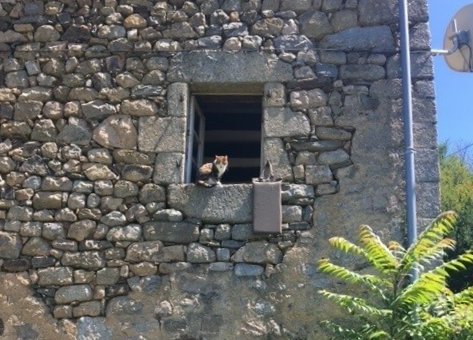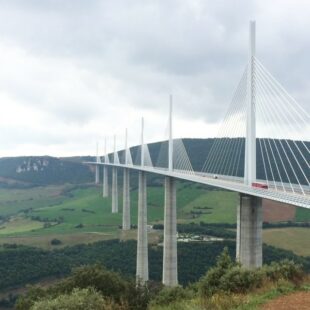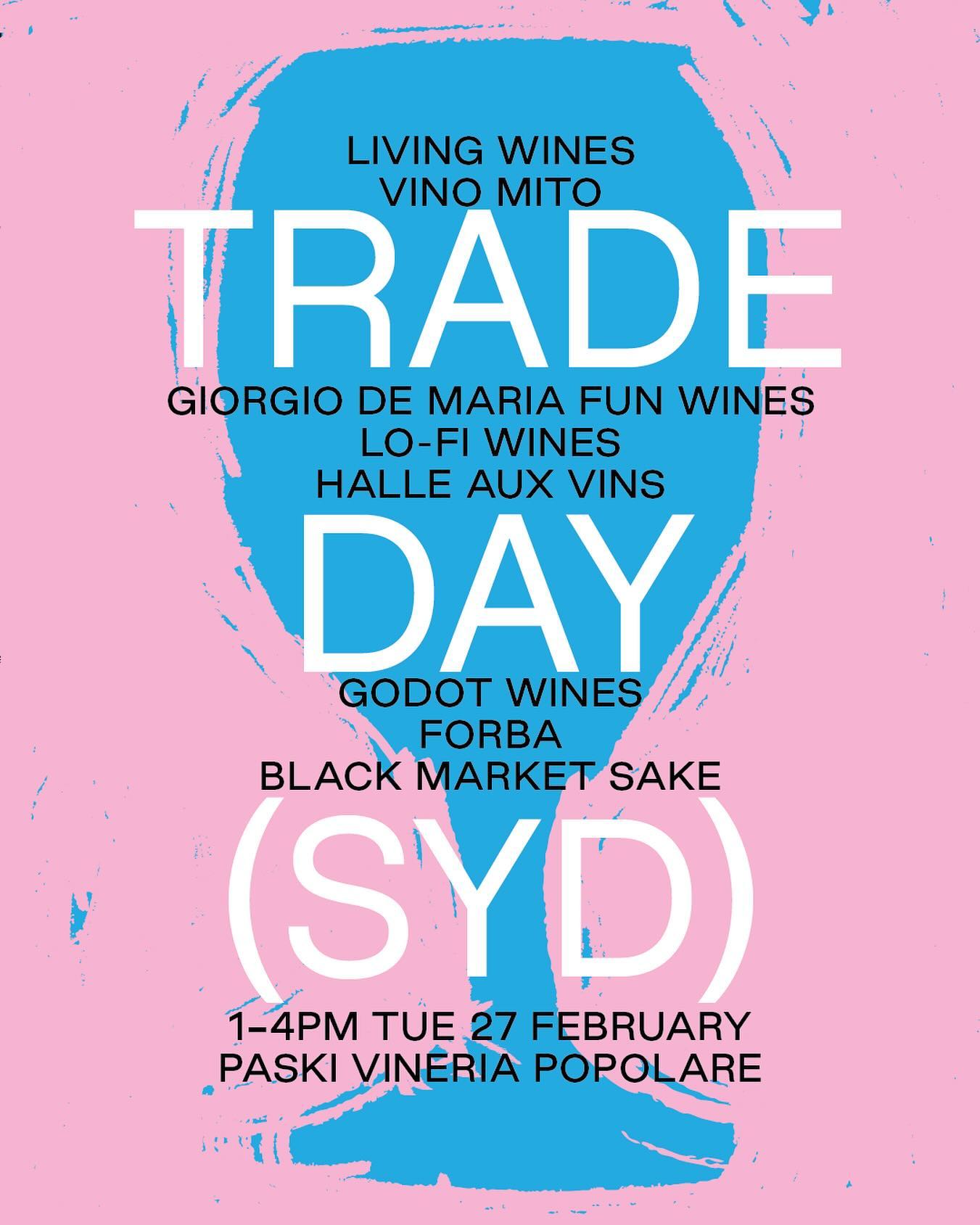The A7 Highway – Introduction
This is a story about a highway in France that we have come to treasure. Our experiences on this road have been varied from exciting to terrifying, but always interesting.
Our wine business leads us to travel throughout France from Alsace in the far North-East to the Languedoc and Roussillon in the far south and everywhere in-between.
More often than not, we either arrive in the Languedoc or leave on the A75 which begins/ends just outside the pleasant city of Béziers.
For example, if we are visiting Julien Peyras, a young winemaker of natural wines committed to making wines with no added sulphites, then his village of Paulhan sits right beside the A75, as does Philippe Formentin who is based in Clermont l’Hérault.
If we spend time with Axel Prufer or Wim Wagemans who have vineyards near the town of Bédarieux, then it is only a short drive on the D908 to reach the A75 ready to head northward.
And why do we choose this highway for our northward journey? The reason is that it provides access to various experiences that we visit time and time again (or would like to). We will now explain why.
Roquefort cheese
As we drive north on the A75 towards the Aveyron, passing through spectacular geological formations, flocks of sheep start to appear to the west which herald the area where the famous Roquefort cheese is made from sheeps’ milk.
Millau Viaduct and Capucins
Every time we approach this modern marvel of the world’s highest bridge, we swear that we won’t take any more photographs – but we always do! It is just so compellingly beautiful and the story about how it was constructed is also amazing. The design work for the bridge was carried out by Norman Foster an English architect and the engineering work by French engineer Michel Virloguex (who first had the idea of building a bridge across this valley). It only took three years to complete (2001 to 2004) which was a major feat.

But why are we extolling the virtues of this bridge when this is supposed to be a food site. Well it is a food and tourism site and this is a remarkable site demonstrating ingenuity and skill.
But there is also a surprise on reaching the northern side of this bridge. There is a viewing platform and café here. And the café is run by the team from the ultra-famous Michel Bras restaurant, which lies not too far to the north.
And they have a surprise in store here. They serve capucins which are buckwheat crepes served in a cornet shape and filled with interesting things ranging from the local cheese and potato mix called aligot to local veal (or a more expensive option of foie gras).
The photo below shows the Aligot and Truffle capucins at the Millau Viaduct.

Michel Bras and Lagioule
Not too far north from the viaduct, we leave the A75 temporarily for two reasons with the first being the village of Lagioule which is dedicated to the creation of the famous highly-coloured cutlery. Just outside the village commanding a view of the entire area is the modernistic, 3-star restaurant of the Bras family where local foraging was the norm way before it became trendy. We have only eaten here once but it was memorable, especially the famous dish called gargouillou, which consists of up to 60 individually prepared vegetables, flowers and seeds all presented on a single plate with appropriate sauces.
Nicolas Carmarans, winemaker
The second reason for deviating west is to visit our most remote winemaker, namely Nicolas Carmarans whose vineyards are in a far corner of the Aveyron region. It is here that he crafts stunning white wines from Chenin Blanc and amazing red wines from a grape variety that is called Fer Servadou. (He also has a small area of possibly the rarest grape variety in France called Negret de Banhars).
The first picture below is of the house cat owned by Nicolas and the next one is a view over his vineyards looking towards the Truyere River.


Nicolas is a very generous host and we always enjoy the lunches under his trees overlooking the vineyards and the river beyond. And then we return to the northward journey on the A75.
Clermont-Ferrand
When we first visited Clermont-Ferrand in search of interesting wines, we were captivated by the rugged volcanic mountains (Chaîne des Puys) and the history of the area (stretching back to 52BC when the fabled Vercingetorix and his tribe of Arverni fighters kept the invading forces of Julius Cesar at bay), but didn’t find much to excite us in the town itself (it is also the end of the A75, which morphs into the A71 here), where the main claim to fame is being the home of the Michelin tyre company.
However, on our second visit, we were delighted to find a restaurant tucked away in a back street called Le Saint-Eutrope which was run by British chef Harry Lester, who created classic interpretations of French provincial dishes accompanied by an extensive selection of local natural wines. We would return here time and time again to enjoy this amazing selection of food and wines.
Harry has now sold this venue to his sous-chef, a talented New Zealander Mike Hazlewood, who will maintain the reputation of this important restaurant.
Auberge de Chassignolles
Also at around the same time we learned about where Harry had come from – up in the hills to the south-east of Clermont Ferrand in an unremarkable looking hotel in a tiny village called Chassignolles. This requires a southward drive, back down the A75 before turning off to ascend the hills towards the hotel.
The hotel is the Auberge de Chassignolles. Now under the day-to-day control of Peter Taylor, also from England, we have returned here year after year to enjoy the food prepared by chefs who work for the season using local ingredients. When we arrive, Peter knows that our first action after a long drive will be to order a bottle of the local pet nat from Patrick Bouju called Festejar, pull up a chair on the outside balcony and enjoy this beautiful wine.

In all our visits here the chefs who have been working for the season under Peter’s watchful eye have been amazing. On one occasion we stayed for three days and no two dishes we were served were the same! We are looking forward to returning as soon as possible.
The A75 – Conclusion
This has been a brief story about the A75 and where we enjoy visiting along the way. In the introduction to our story we also briefly mentioned that one of our experiences on the A75 was terrifying. This was on a day where the rain was falling in such volumes that it was almost impossible to see more than a short distance.
Not only that but the rain was also so heavy that quite large rocks were being washed down onto the surface of the road. And it was not helped by other drivers continuing to drive at high speed regardless of the conditions. Anyway – we made it to Clermont Ferrand and the end of the A75!
You can read more about the viaduct here.
You can read about some of the restaurants mentioned here in more details in our A75 story about places to eat in France outside Paris.






















